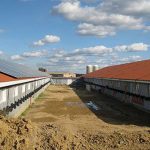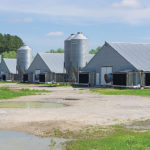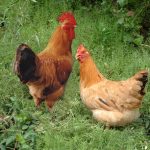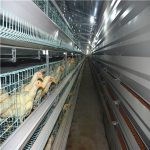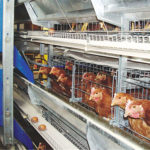In the process of raising laying hens and broilers inautomatic layer chicken cagesandbroiler cages equipment, in order to reduce the disease caused by the flocks and reduce the cost of treatment, farmers should have the concept of “anti-healing”. In order to effectively prevent and treat diseases, reduce drug residues, and improve the quality and safety of poultry products, it is necessary to do a good job in disease prevention and control in the process of raising chickens. The authors recommend that comprehensive disease prevention measures forlarge-scale chicken farmsare as follows:
1. The choice of site should choose a place with high dry terrain, leeward sun, good soil quality, good power supply and communication conditions, convenient transportation, good drainage, convenient sewage discharge and no pollution. Keep away from sources of pollution and have isolation conditions.
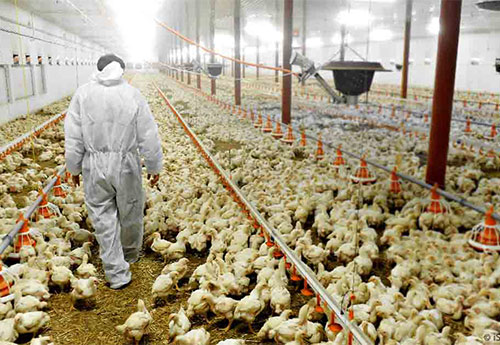
2. The layout of the chicken farm makes full use of the natural conditions such as topography, ranking in the order of people first and pollution, and rationally arranging the location of each district so that the living area is separated from the production area, the net and the sewage are separated, and the spacing between the houses is in line with the sanitary defense. Disease requirements, such as the brooding room area is arranged in the upwind direction, the laying hen house is arranged in the downwind direction, the spacing between the houses is 3 to 5 times higher than the height of the house, and the quarantine isolation zone should be established under conditions.
3. Strict management, the breeding grounds of the isolated farms must be trained and put into operation, and the closed management is implemented. The outsiders are refused to enter, and the vehicles entering and leaving the vehicle must be disinfected by the disinfection tank.
4. Introduce chicks from a reliable breeder farm to ensure that they are from healthy flocks. When entering the chicks, strictly control the quality, choose the hatching, healthy and lively chicks, and at the same time do a good job in quarantine work, sampling the vertical infectious diseases of the chicks, embryogenic diseases and maternal antibody levels.
5. Strictly control the source of infection to implement the all-in and all-out system, establish a good bio-safety system, do a good job in cleaning, disinfecting and managing empty houses, do not mix other livestock and poultry, and prohibit the carrying of poultry and poultry products into the field.
6. Environmental sanitation: First, disinfect the chicken house and the surrounding environment regularly. Second, we must have scientific and reasonable control of temperature, humidity, wind speed, dust, harmful gas content and pathogenic microbial content. Third, we must ensure the harmless treatment of sick and dead poultry, manure and other waste.
7. Feeding management According to different varieties, growth stages and seasons, rationally adjust the nutrients to meet the nutrients needed for growth, development and egg production of the chickens, and ensure the supply of vitamins and trace elements.
8. Disinfection and disinfection work should be institutionalized and regularized. Choose a disinfectant that is safe for humans and chickens, non-destructive to equipment, has no residual toxicity, and does not cause harmful accumulation of poultry and eggs. Sterilize the house and the surrounding environment regularly.


